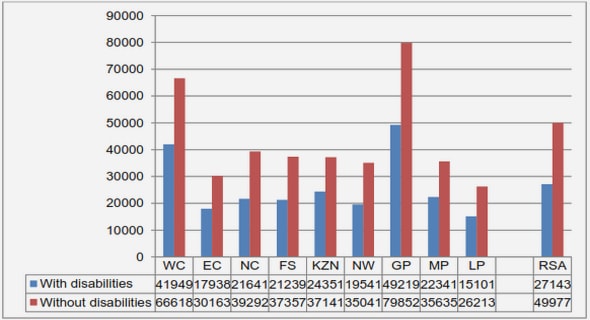(Downloads - 0)
For more info about our services contact : help@bestpfe.com
Table of contents
Chapter 1: State of art – Mass integration tools and Pinch methods
1.1 Méthodes de pincement pour une utilisation efficace de l’eau dans l’industrie alimentaire : Analyse bibliographique
1.2 Pinch methods for efficient use of water in food industry: A survey review
1.2.1 Abstract
1.2.2 Introduction
1.2.3 Key concept of Pinch analysis
1.2.3.1 Energy Pinch analysis
1.2.3.2 Territorial energy plan (𝑪𝑶𝟐 emission targeting)
1.2.3.3 Design of hydrogen networks
1.2.3.4 Oxygen Pinch analysis
1.2.3.5 Emergy Pinch
1.2.3.6 Budget-Time-Income
1.2.3.7 Summary and discussion
1.2.4 Water Pinch analysis
1.2.4.1 History of water Pinch development
1.2.4.2 Method description
1.2.5 Water Pinch analysis in the food industry
1.2.5.1 Current practices for water management in the food industry
1.2.5.2 Potential of water Pinch analysis in the food industry (new tools for new approaches)
1.2.5.3 R&D needs and challenges
1.2.6 Conclusion
Chapter 2: Model development – Mathematical model and solving algorithms
2.1 Développement d’un nouvel outil interactif pour optimiser les réseaux d’eau industriels
2.2 A novel user-friendly tool for minimizing water use in processing industry
2.2.1 Abstract
2.2.2 Introduction
2.2.3 Model development
2.2.3.1 Hypothesis
2.2.3.2 Material balances
2.2.3.3 Constraints and conditions for global optimization
2.2.3.4 Procedure for solving water network optimization
2.2.4 Results and discussion
2.2.4.1 Simulation states
2.2.4.2 Discussion
2.2.4.3 Conclusion
2.3 Stratégies de réutilisation et de préservation de l’eau industrielle : Optimisation générique basée sur l’algorithme NSGA-II
2.4 Multi-objective optimization of industrial water-network using evolutionary algorithms
2.4.1 Abstract
2.4.2 Introduction
2.4.3 Water-network optimization
2.4.3.1 Mathematical formulation
2.4.3.2 Solving method: NSGA-II multi-objective algorithm
2.4.4 Result and discussions
2.4.4.1 First case study: mono-contaminant system
2.4.4.2 Second case study: multi-contaminant system
2.4.5 Conclusion
Chapter 3: Industrial application: case study of a French edible oil processing
3.1 Étude de cas d’une raffinerie française d’huiles alimentaires : Méthode d’optimisation manuelle
3.2 Trade-off optimization for industrial water systems: case study of a French edible oil refinery
3.2.1 Abstract
3.2.2 Introduction
3.2.3 Edible oil processing presentation
3.2.3.1 Plant description
3.2.3.2 French edible oil dataset
3.2.4 Water-network optimization
3.2.4.1 Manual tradeoff procedure
3.2.5 Result and discussion
3.2.6 Conclusion
3.3 Stratégies de réutilisation de l’eau dans une usine de transformation des huiles alimentaires : Optimisation générique basée sur l’algorithme NSGA-II
3.4 Edible oil plant water reuse problem A multi-objective optimization based on NSGA-II algorithm
3.4.1 Abstract
3.4.2 Introduction
3.4.3 Data inventory
3.4.4 Optimization formulation
3.4.4.1 Bi-objective problem
3.4.4.2 Tri-objective problem
3.4.4.3 Optimization procedure and parameter specification
3.4.5 Result and discussion
3.4.6 Conclusion
Chapter 4: Conclusion and perspectives
4.1 Outlook and perspectives




